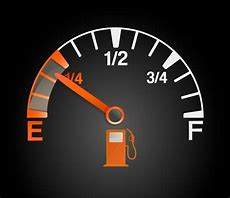How to prepare a vehicle for shipping overseas- step by step guide?
How to prepare a car for shipping overseas- step by step guide.
| VEHICLE SHIPPING PREPARATION GUIDE-STEP BY STEP GUIDE
This is one of the most over looked aspect of car shipping process. A car is one of the most valuable items you will ever purchase for export to another country. It is therefore important to make sure you do your best to prepare your vehicle and all related documentation in order to avoid delays, expenses and penalties. This guide is especially applicable for car export from UK. If you are exporting from any other country, please contact our office for guidance. 1. Fuel, steering and brakes:
2. Loading of items in the car:
3. Keys: Provide one set of keys for the ignition, trunk door, fuel tank or any other locking compartments. UK Customs may inspect all locked compartments of your vehicle. (If no keys are provided, vehicle may not be shipped) 4. Valued Items in the car: We recommend removing any high value stereos from the vehicle since they are not covered by insurance if stolen. 5. Anti-Theft Alarm System: If you leave your Anti‐Theft Alarm System in your vehicle make sure the system in disengaged prior to pick up / delivery. 6. Oils and leakages: Vehicle must be free of oil and fluid leaks. 7. Written operational instructions: Must be provided for vehicles requiring special handling when starting the engine. The instructions should be taped to the dashboard visible to the warehouse staff / stevedores. 8. Documentation: Make sure you receive a shipping/Delivery note from Cargo Worldlink before delivering your vehicle to the Port. If we send a fax to the Port on your behalf, a non-refundable fee is chargeable for this service that is payable at the Port before vehicle is accepted. DO NOT LEAVE CAR REGISTRATION BOOK-V5 /LOGBOOK IN THE CAR. 9. Take note of condition of your car: It is advisable to take note of any marks, scratches and dents. If possible, take pictures of your car before it is delivered to the port as most ports do not allow the use of cameras within the port. (This may help you in the event of an insurance claim if you decide to insure your car) However, if the car is not insured, this may not be of any particular help, but I still advise you to be in the habit of taking pictures/videos whenever you can. 10. Regulations in the destination country: Some countries have age restriction and certification regulation for importing cars. So before you send a particular car; please familiarise yourself with the regulations of that country. All of the above will help prevent any delays in your shipment, help to prevent any unexpected costs, and keep the process simple and stress free for you PLEASE NOTE: Marine Insurance for your vehicle is not automatically provided. If you need to insure your vehicle, please contact our offices for impartial support and advice. |

